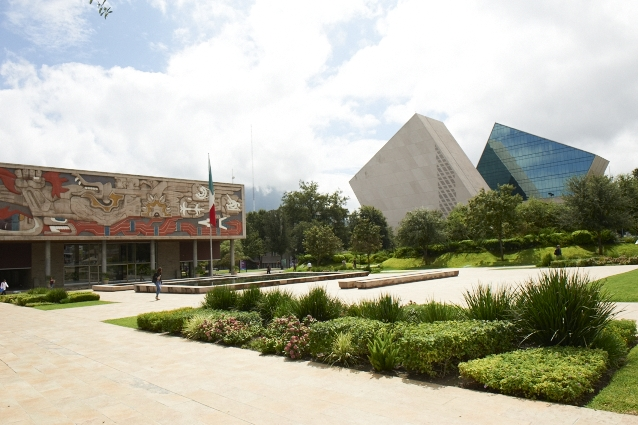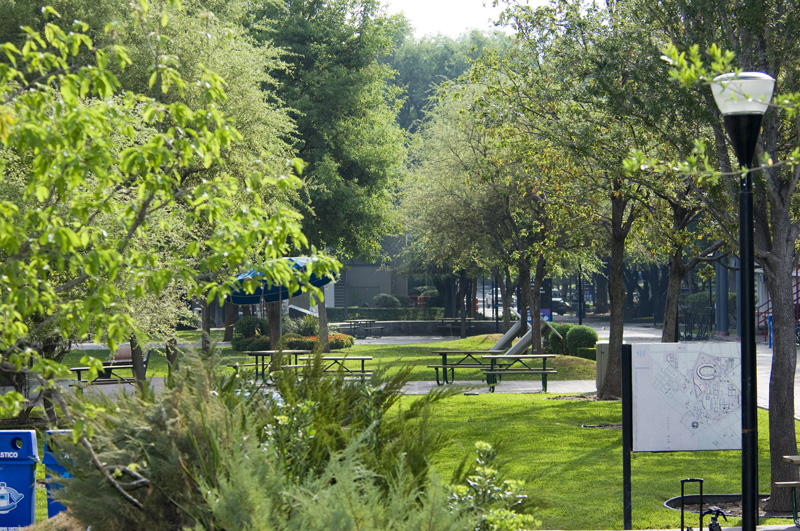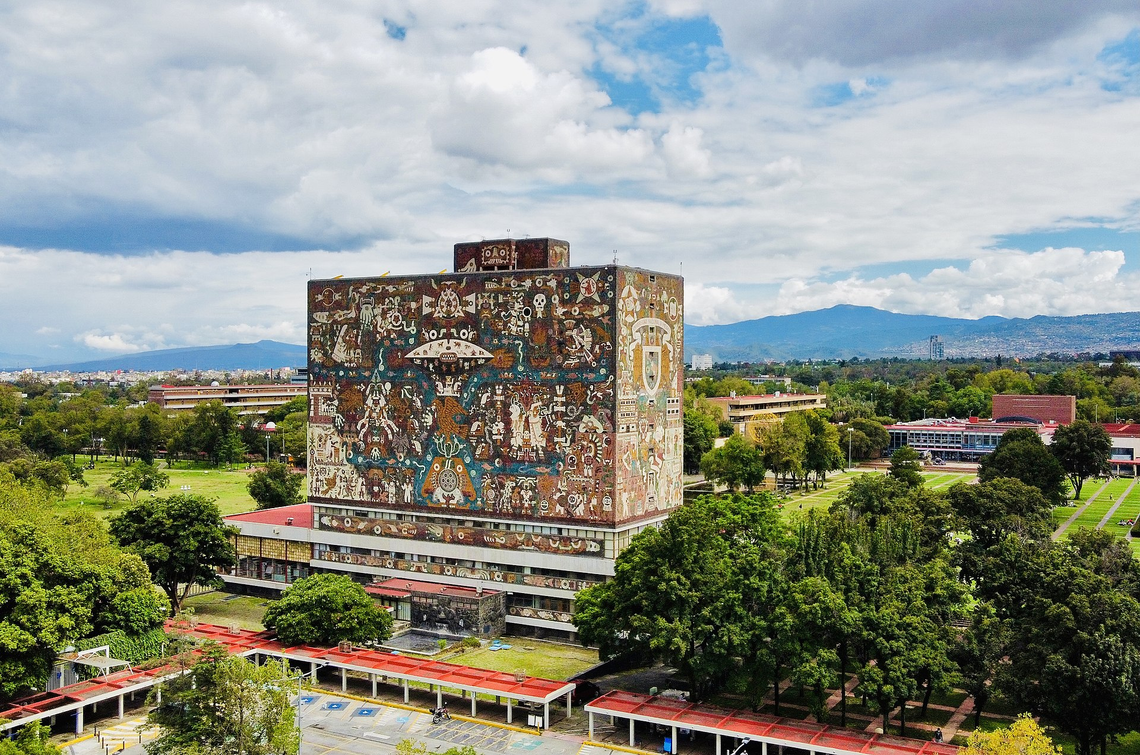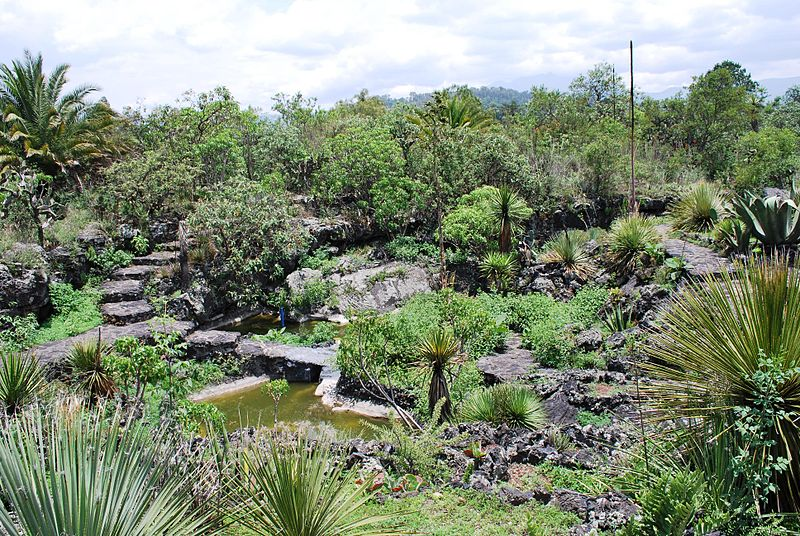
Apply to a foreign university with confidence
- Properly fulfilled documents
- Perfect motivation letter
- Support from a personal mentor
- Offers from several universities
How to get a higher education in Mexico. Read about the education system, admission, post-university work and immigration.
Free consultation
Higher Education in Mexico is suitable for those seeking affordable university costs and minimal living expenses. This article outlines admission criteria, employment prospects, and immigration opportunities after graduation.

| Program | Age | Duration, years | Min. cost per year | Avg. cost per year |
|---|---|---|---|---|
| Vocational education | 15+ | 3 | 400 USD | 5,000 USD |
| Bachelor's | 17+ | 3-4 | 162 USD | 625 USD |
| 1,636 USD | 8,994 USD | |||
| Master's | N/A | 2 | 462 USD | 3,947 USD |
| PhD | N/A | 3-4 | 462 USD | 3,207 USD |
We recommend checking exact costs on respective university websites.
| Expense | Average cost per month |
|---|---|
| Groceries | 153 USD |
| Accommodation | 193 USD |
| Public transportation | 90 USD |
| Phone service | 36 USD |
| Wi-fi at 8Mbps | 7 USD |
| Personal expenses | 56 USD |
The Mexican education system aligns closely with the Bologna Process and includes three cycles: Licenciatura (equivalent to a bachelor's degree), followed by two postgraduate options — a two-year Maestría (master's) and a three-year Doctorado (PhD). This means that a foreign student holding a bachelor's degree can pursue a master's degree in Mexico. Moreover, graduates of 11th grade of high schools can enroll in bachelor's programs. Foreign applicants must verify their high school diploma either through the embassy or the Mexican Ministry of Public Education (SEP).
Most universities in Mexico accept the submission of application documents online. Some institutions may require entrance tests, which can take the form of subject-specific exams and interviews with the admissions committee.
Required documents include:
Additional required:
Each university has its own admission requirements, so prospective students are advised to consult the university websites for specific details.
Universities in Mexico require foreign applicants to demonstrate proficiency in either English or Spanish. Most institutions accept language proficiency test results, such as TOEFL 50 points, IELTS 5.5, or DELE B2 for Spanish. Applicants may also be required to take an entrance language test.
The academic year in Mexico consists of two main semesters — spring (from February to June) and autumn (from August to December).
Secondary general education in Mexico consists of 12 grades. However, students have the option to complete 9 grades and obtain a specialized vocational qualification. Mexican high schools are thus categorized into two primary types: academic and vocational. Academic high schools prepare students for university admissions, while vocational high schools offer specialized training, often in technical or commercial fields. Vocational programs in these schools run for three years. After completing an academic high school, students receive a Diploma de Especialización that qualifies them for education at the university level.
In Mexico, a bachelor's degree is referred to as Licenciatura. It usually lasts four years and is divided into semesters or quarters. On average, students are required to complete 180 credit hours. The curriculum includes attending lectures, active participation in seminars, and engagement in various projects. Many Mexican universities also offer online learning options. Towards the end of their studies, students are required to defend a thesis and pass professional examinations.
Some universities offer specialized programs for international students, which may include an intensive study of Spanish for 1-2 semesters.
Additional requirements:
During their 1-2 semesters, students often have the opportunity to do internships in other countries. Different universities have their own internship programs, and there are also international exchange programs like ERASMUS+[8], ISEP, and PAI facilitated by institutions such as the National Autonomous University of Mexico.
On average, the annual tuition fee is 625 USD at public universities and 8,994 USD at private universities.

In Mexico, a master's degree is referred to as a Maestría. These programs span two years, leading to the award of either a Maestro or Maestría en Ciencias degree, depending on the field of study.
A master's degree offers opportunities to build an academic career or gain a competitive edge in the job market. Master's programs in Mexico dive deeper into subjects compared to bachelor's degrees, with a greater emphasis on research and specialized coursework.
Tuition for master's programs in Mexico can vary significantly. For example, the cost of a master's program at Tecnológico de Monterrey is 15,000 USD per year. However, the average annual tuition for master's programs across Mexico is around 3,947 USD.
Additional requirements:
In Mexico, a PhD program is known as a Doctorado. This degree is required for individuals aspiring to become university educators and researchers.
To enroll in a PhD program, students can hold either a master's or bachelor's degree. The duration of PhD studies varies depending on the prior qualification. If entering with a master's degree, the program typically spans three years, while those starting with a bachelor's degree generally spend four years. The Doctor en Ciencias degree received in Mexico is equivalent to a PhD degree.
PhD programs involve thorough study of specialized subjects and rigorous scientific research. Students are typically required to publish multiple scientific papers annually and actively participate in scientific conferences. The culmination of PhD studies is the defense of a scientific dissertation.
The average cost of PhD programs in Mexico is 3,207 USD per year.
Additional requirements:
Aspiring academics in Mexico can begin their journey by serving as teaching assistants. The entry-level position is known as Profesor Asociado A, or early assistant professor. Teaching assistants are appointed on an annual basis and can hold their positions for up to four years, with the possibility of extensions in some cases[9]. Their responsibilities include assisting professors in specific courses or subjects, with a maximum workload of 20 hours per week. To qualify as a teaching assistant, candidates should possess a bachelor's degree and may need at least one year of relevant experience.
Academic positions in Mexico:
Many researchers in Mexico receive scholarships from the National Research System (Sistema Nacional de Investigadores). These scholarships are categorized into four levels: Candidate, I, II, and III, which align with academic positions. The SNI level is determined by an independent committee.
In Mexico, there isn't always a clear division between researchers and professors. Both roles often involve similar skill sets that professionals may combine in their work. However, professors generally dedicate more time to teaching.
The qualifications required for teaching positions in Mexico can vary based on the specific position. Generally, a master's degree and additional course certificates relevant to the subject may be necessary[9]. Work experience, with a minimum of one year, and a record of published scientific articles may also be prerequisites.
A PhD degree, four years of teaching or research experience, and a substantial portfolio of scientific publications are required to reach higher-level positions like Profesor Titular A (associate professor).
The title of honorary professor may be awarded to specialists who have contributed to academia for at least 30 years and have achieved exceptional accomplishments in their field[9].
Many universities in Mexico offer specific scholarships for international students. These scholarships are often awarded based on the financial need of the student, academic performance, athletic achievements, or exceptional extracurricular activities. Excellent students may receive an average scholarship of 508 USD per month, and these scholarships sometimes include additional benefits such as medical insurance and travel reimbursement[10].
The scholarship amount depends on the specific program. Studyportals, for example, lists 39 scholarship programs for bachelor's, master's, and PhD students across various fields of study.
International students studying in Mexico may also have the opportunity to receive scholarships from their home countries, the Mexican government, or neighboring countries. For instance, some students receive funding from the government, private businesses, or sponsors from the United States.
The Mexican government provides scholarships for various fields of study, including history, advertising, journalism, medicine, and more. These scholarships are typically administered by the Mexican Agency for International Cooperation (AMEXCID). New scholarship competitions are announced annually on the agency website, typically with application deadlines in September. AMEXCID scholarships cover tuition, registration fees, insurance, travel expenses, and provide a monthly stipend to support living costs.
General requirements for AMEXCID scholarships:
Applications must be submitted through a Mexican embassy or consulate. Additional requirements may include:
All documents must be translated into Spanish.

Combining work and study on a student visa in Mexico is prohibited. Foreigners must secure a work permit from the migration service.
Universities are actively establishing internship programs in promising sectors. Opportunities exist in environmental protection, healthcare, economics, journalism, and tourism.
It's important to note that there is no designated minimum wage in Mexico. The average minimum income is around 140 USD. To sustain themselves, students will need a minimum of 400 USD per month. Competition among workers without higher education is quite high, so making money in the service sector can be difficult. While scholarships or grants can cover expenses, obtaining them requires exceptional grades and other notable achievements.
Diplomas from Mexican universities carry weight in the United States, Canada, and EU nations, offering opportunities for enrollment or immigration post-graduation.
English-only speakers face lower employment prospects compared to Spanish speakers or bilingual individuals, where bilingualism is often an advantage in job applications.
With only 17% of Mexicans receiving higher education, competition in fields such as medicine, logistics, sales and management, engineering, IT, finance, construction, education, and production is relatively low[6].
The average monthly salary in Mexico is about 1,000 USD, although regional variations exist. Notably, Mexico lacks a national minimum wage, with the average being around 140 USD per month. Graduates earn an average monthly income of 650 USD[11].
Internships and university partnership programs are avenues through which students can secure employment opportunities.
A Mexican student visa is valid for 30 days. During this period, you need to obtain a residence permit from the local migration service. The residence permit, associated with a student visa, is granted strictly for the study duration[12].
Upon securing employment, you can transition your visa to a work visa, allowing you to extend your stay in the country. Acquiring a work visa necessitates an agreement with an employer holding a migration service license for hiring foreigners. Renewal of the work visa is required annually.
After 4 years of residency in Mexico (excluding study time), you can apply for permanent residence. Maintaining permanent residence status for 2 years makes you eligible to apply for citizenship. The citizenship acquisition process takes up to 2 years and involves passing a Spanish language exam, along with a local culture and history knowledge test.
60+ countries
we work with
$1,000,000 saved
by students through scholarships
6,400 offers
our students got